During the Weimar Republic between 1921 and 1923, Germany issued a series of postage stamps that vividly reflect the extreme inflationary period of the time. This period, known for its unprecedented hyperinflation, saw postal rates rise at a staggering pace, and the stamps issued during these years tell the story of the country’s financial instability and rapid economic decline.
Here’s a closer look at the Weimar Republic’s inflation-era postage stamps:
1. The Beginnings of Inflation (1921-1922)
- Initial Adjustments: In 1921, inflation was already noticeable, but the increases in postal rates were still moderate compared to what followed in 1923. Early inflation stamps from 1921 and 1922 often featured overprints that increased their face value, as the post office scrambled to keep up with rising costs.
- Design: These early inflation stamps typically retained traditional German designs with symbols like the imperial eagle, simple wreaths, and the German word “Reichspost” (Imperial Post). Some stamps showed intricate engravings, consistent with pre-war aesthetics, but with denominations creeping into the thousands of marks.
2. Severe Hyperinflation (1923)
- Introduction of Million- and Billion-Mark Stamps: By early to mid-1923, hyperinflation accelerated dramatically, making earlier high-denomination stamps insufficient almost overnight. Stamps with values in the millions appeared in 1923, with denominations climbing from thousands to millions, and later even billions of marks by late 1923.
- Overprinted Stamps: Many earlier stamps were hastily overprinted with new values to meet inflationary demands. For instance, stamps that had once cost a few marks were reissued with values of tens or hundreds of thousands, simply by adding overprinted numerals.
- Special Issues: The most famous of these stamps are the “Billion Mark” stamps, with face values like 1 billion, 10 billion, and 50 billion marks. These are distinctive for their simple designs, often with large numerals occupying most of the stamp, and minimal decoration. Colors were varied (red, green, blue, etc.) for easy differentiation of the values.
3. Key Features of the Hyperinflation Stamps
- Basic Designs and Bold Numerals: As the inflation rate soared, designs became simpler and more utilitarian. Large, bold numerals were the central focus of most stamps, and other decorative elements were minimal or entirely absent.
- Color Variation: Different colors were used to represent various denominations, which helped distinguish them amidst the constant changes in value.
- Paper and Printing Quality: Due to the need for rapid production, the quality of paper and printing for these stamps often declined. This has led to some interesting varieties and errors, which can be especially collectible.
4. End of the Inflation Period
- Rentenmark Introduction: In November 1923, the government introduced the Rentenmark, a new stable currency, effectively ending the hyperinflation crisis. This stabilized the economy and eliminated the need for such high-value stamps.
- Transition to New Currency: With the introduction of the Rentenmark, the old billion-mark stamps quickly became obsolete. New stamps with more reasonable denominations followed, marking the end of this turbulent period in German postal history.
5. Collectibility and Historical Significance
- On-Cover Usage: Stamps from this era are highly collectible, particularly when found on covers (envelopes) that show actual postal usage. These can reveal interesting insights into the postal system’s struggle to keep up with inflation, sometimes with multiple stamps covering a single rate.
- Value and Rarity: Although many of these stamps were printed in large quantities, specific postmarked examples or unique usages can be rare and valuable, especially those from the peak of hyperinflation in late 1923.
- Philatelic Appeal: These stamps serve as historical artifacts, representing one of the most extreme cases of hyperinflation in world history. They appeal to collectors interested in economic history, postal history, and Weimar-era Germany.
The Weimar Republic’s inflation postage stamps from 1921 to 1923 are powerful symbols of a period of financial hardship, illustrating how quickly and drastically economic conditions can change. They’re not only valuable to philatelists but also serve as educational tools about the impacts of hyperinflation on everyday life.

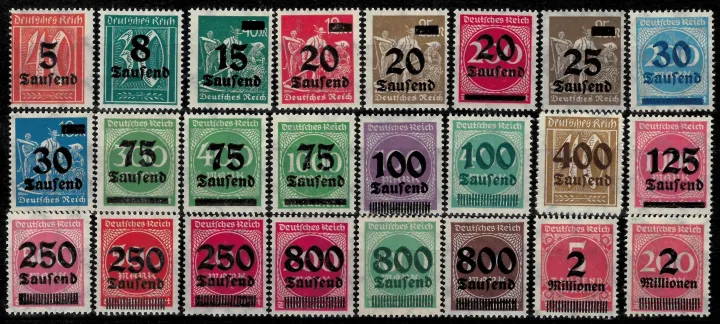
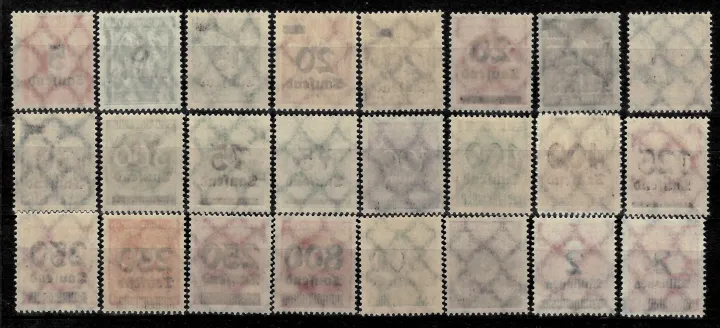
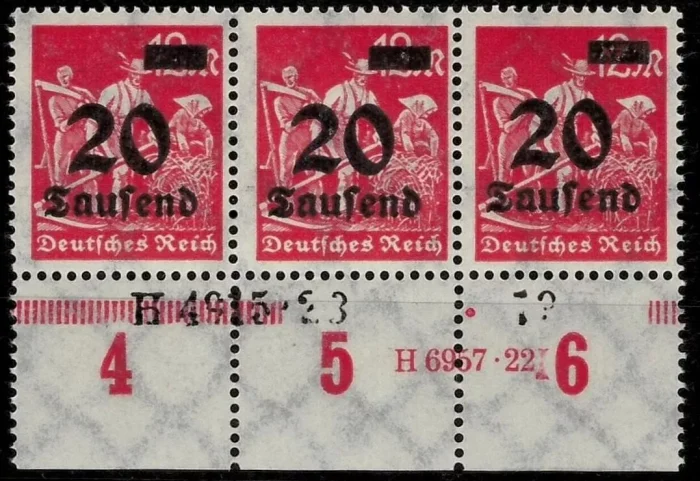

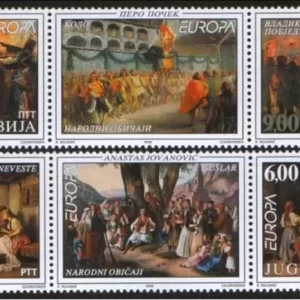


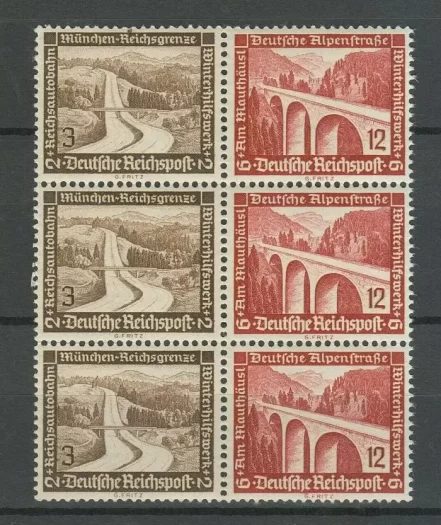
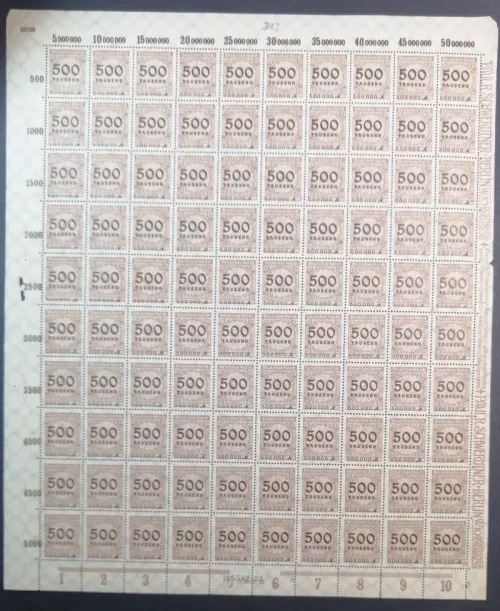
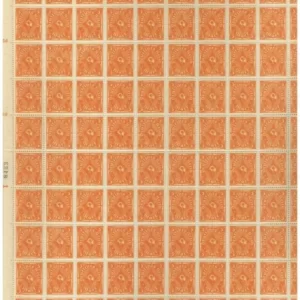
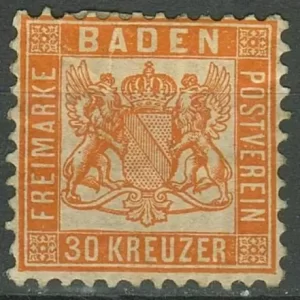

Reviews
There are no reviews yet.